| [1] Funk JR, Hale JE, Carmines D, et al.Biomechanical evaluation of early fracture healing in normal and diabetic rats. J Orthop Res.2000;18(1):126-132.
[2] Nakashima K, Zhou X, Kunkel G, et al.The novel zinc finger-containing transcription factor osterix is required for osteoblast differentiation and bone formation. Cell.2002; 108(1):17-29.
[3] Newberry EP, Latifi T, Towler DA..Reciprocal regulation of osteocalcin transcription by the homeodomain proteins Msx2 and Dlx5. Biochemistry.1998;37(46):16360-16368.
[4] 周迎生,高妍,李斌,等.高脂喂养联合链脲佐菌素注射的糖尿病大鼠模型特征.中国实验动物学报,2005,13(3):154-158.
[5] Sathyendra V, Darowish M.Basic science of bone healing. Hand Clin.2013;29(4):473-481.
[6] Wang W, Zhang X, Zheng J,et al.High glucose stimulates adipogenic and inhibits osteogenic differentiation in MG-63 cells through cAMP/protein kinase A/extracellular signal-regulated kinase pathway. Mol Cell Biochem.2010; 338(1-2):115-122.
[7] Baek K, Baek JH. The transcription factors myeloid elf-1-like factor (MEF) and distal-less homeobox 5 (Dlx5) inversely regulate the differentiation of osteoblasts and adipocytes in bone marrow. Adipocyte.2013;2(1):50-54.
[8] Kaback LA, Soung do Y, Naik A, et al.Osterix/Sp7 regulates mesenchymal stem cell mediated endochondral ossification. J Cell Physiol.2008;214(1):173-182.
[9] Holleville N, Matéos S, Bontoux M,et al.Dlx5 drives Runx2 expression and osteogenic differentiation in developing cranial suture mesenchyme. Dev Biol, 2007. 304(2):p.860-74.
[10] Robledo RF, Rajan L, Li X, et al.The Dlx5 and Dlx6 homeobox genes are essential for craniofacial, axial, and appendicular skeletal development. Genes Dev.2002;16(9):1089-1101.
[11] Hassan MQ, Tare RS, Lee SH, et al.BMP2 commitment to the osteogenic lineage involves activation of Runx2 by DLX3 and a homeodomain transcriptional network. J Biol Chem.2006; 281(52):40515-40526.
[12] Kim YJ, Lee MH, Wozney JM, et al.Bone morphogenetic protein-2-induced alkaline phosphatase expression is stimulated by Dlx5 and repressed by Msx2. J Biol Chem. 2004;279(49):50773-50780.
[13] Rosen CJ, Ackert-Bicknell C, Rodriguez JP, et al.Marrow fat and the bone microenvironment: developmental, functional, and pathological implications. Crit Rev Eukaryot Gene Expr. 2009;19(2): 109-124.
[14] Jones JR, Barrick C, Kim KA, et al.Deletion of PPARgamma in adipose tissues of mice protects against high fat diet-induced obesity and insulin resistance. Proc Natl Acad Sci U S A.2005;102(17):6207-6212.
[15] Komori T, Yagi H, Nomura S,et al.Targeted disruption of Cbfa1 results in a complete lack of bone formation owing to maturational arrest of osteoblasts. Cell.1997;89(5):755-764.
[16] Baek K,Baek JH.The transcription factors myeloid elf-1-like factor (MEF) and distal-less homeobox 5 (Dlx5) inversely regulate the differentiation of osteoblasts and adipocytes in bone marrow. Adipocyte.2013;2(1):50-54.
|
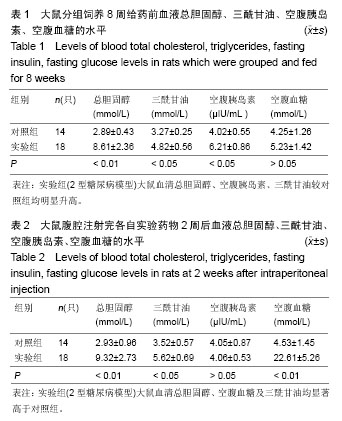
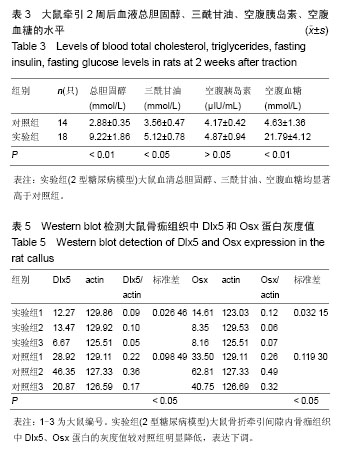
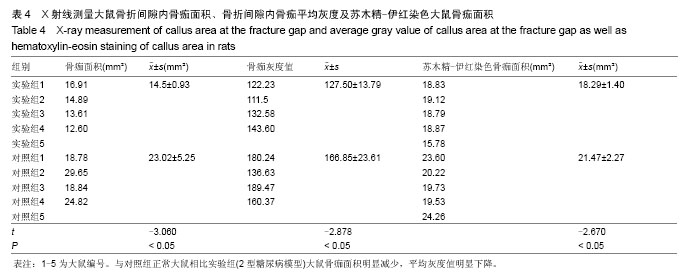
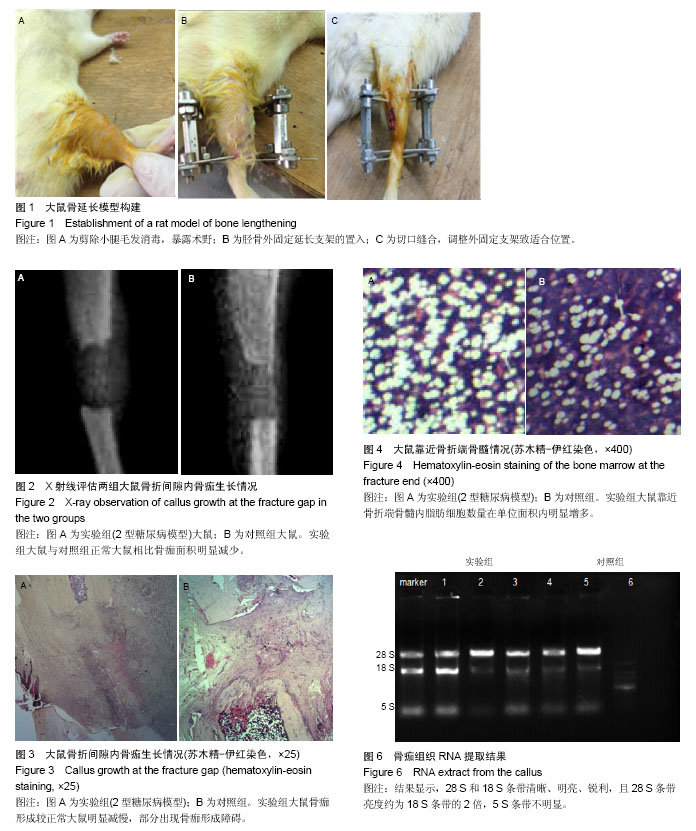
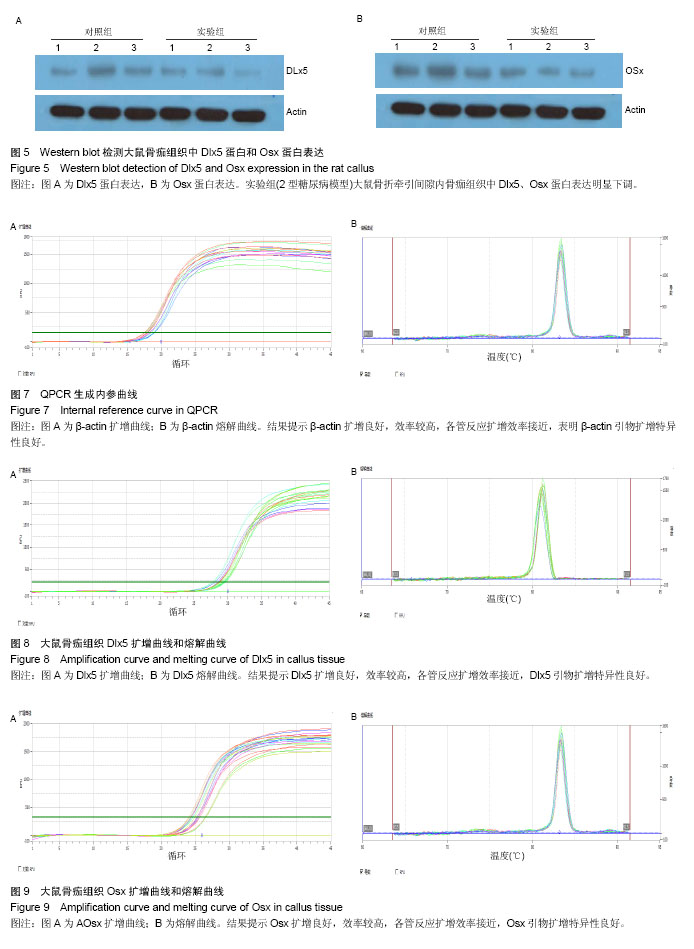
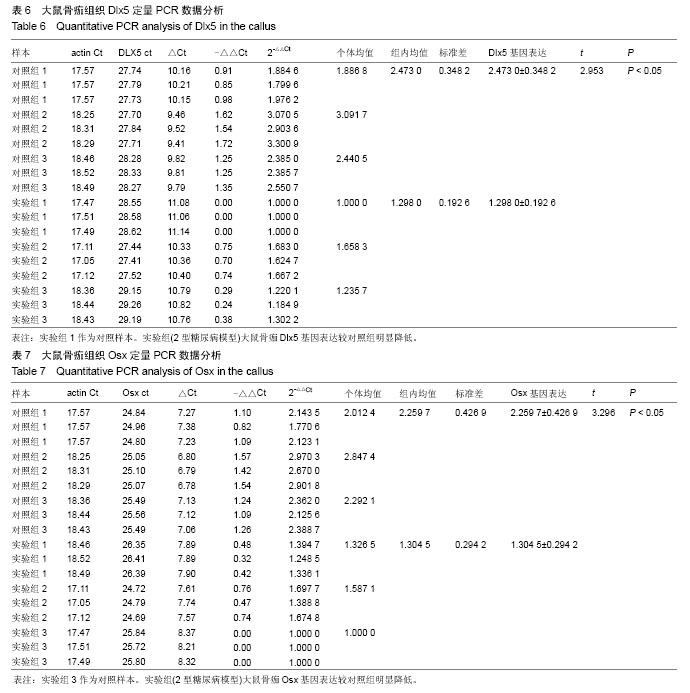
.jpg)